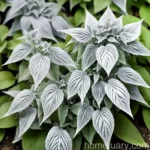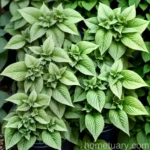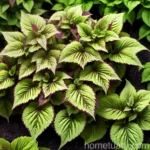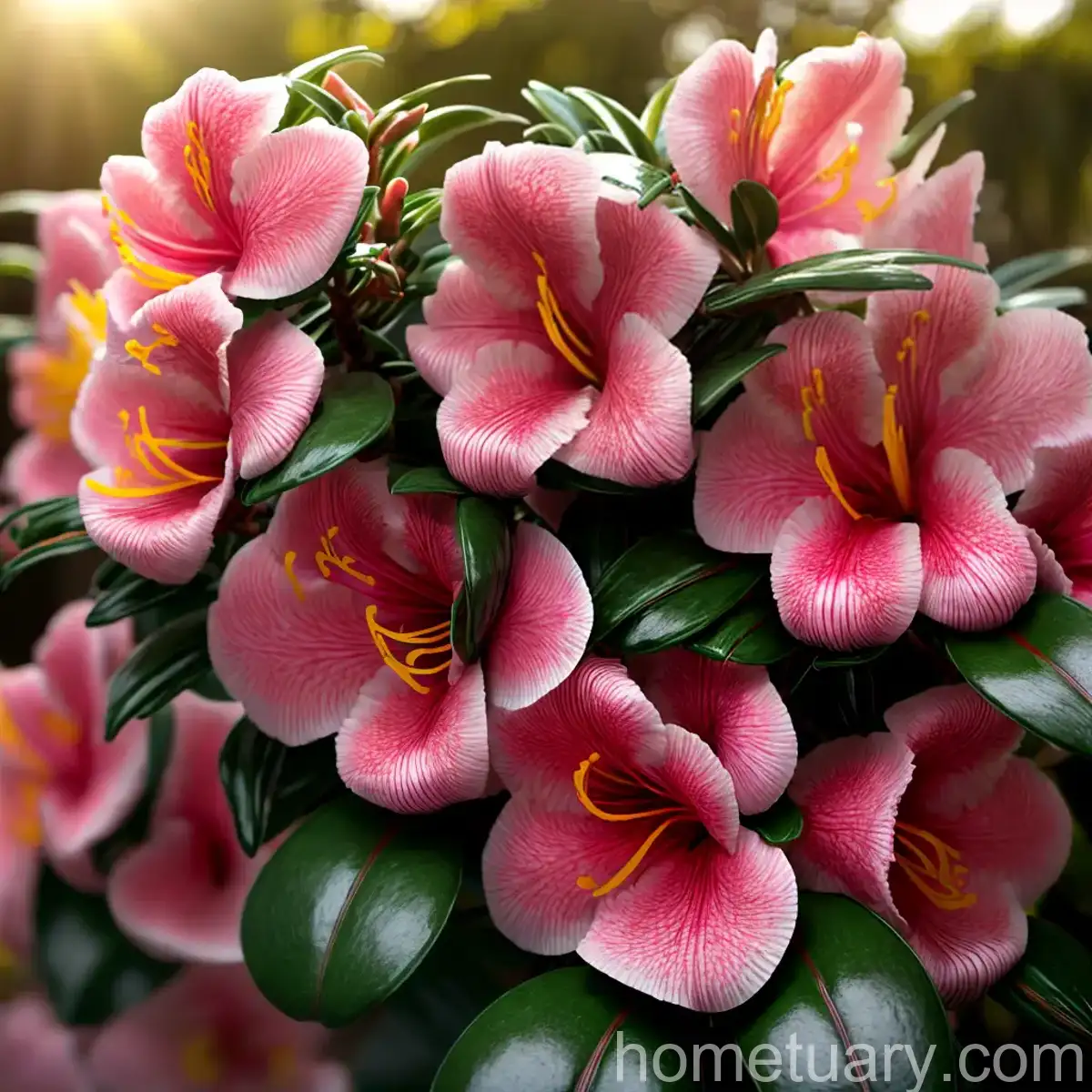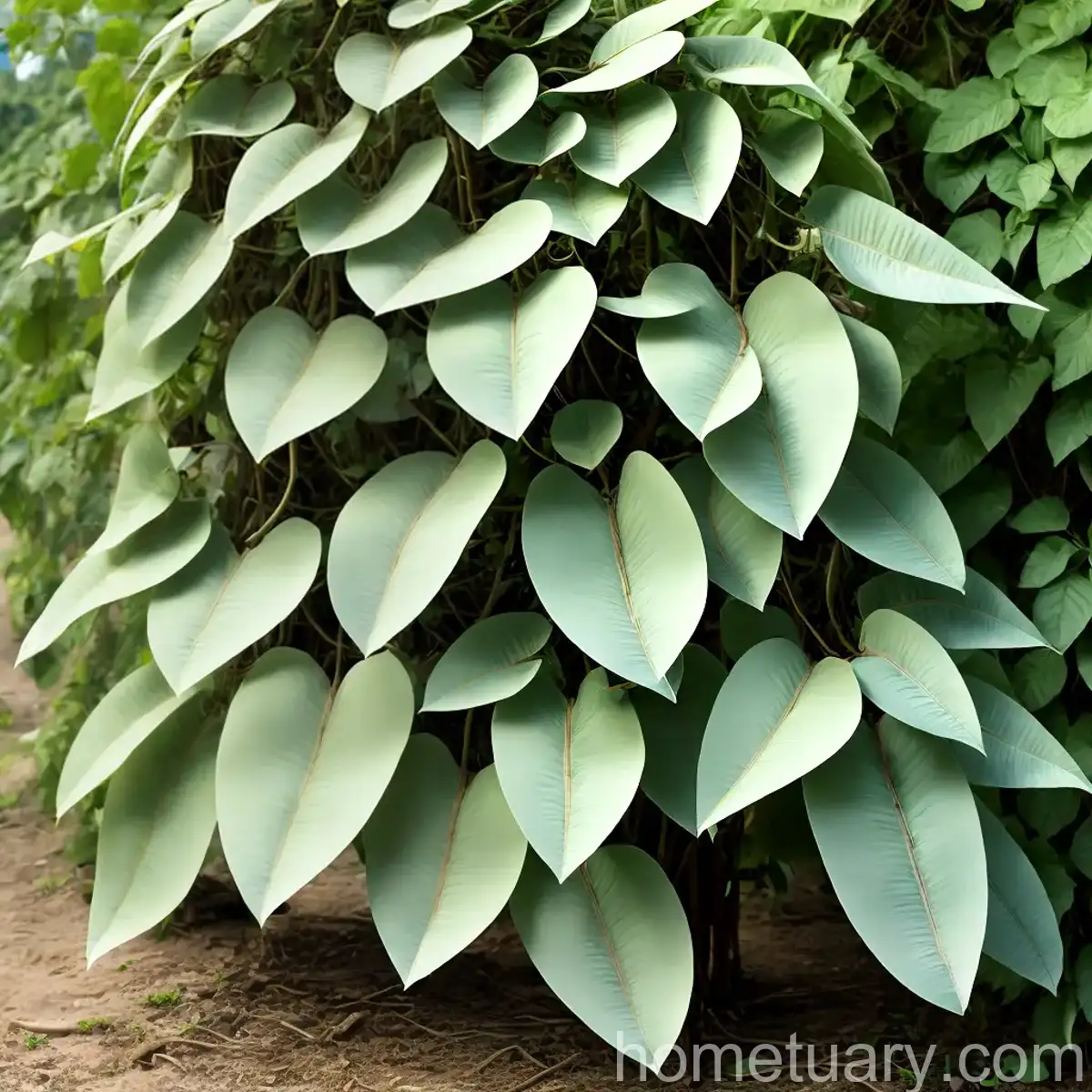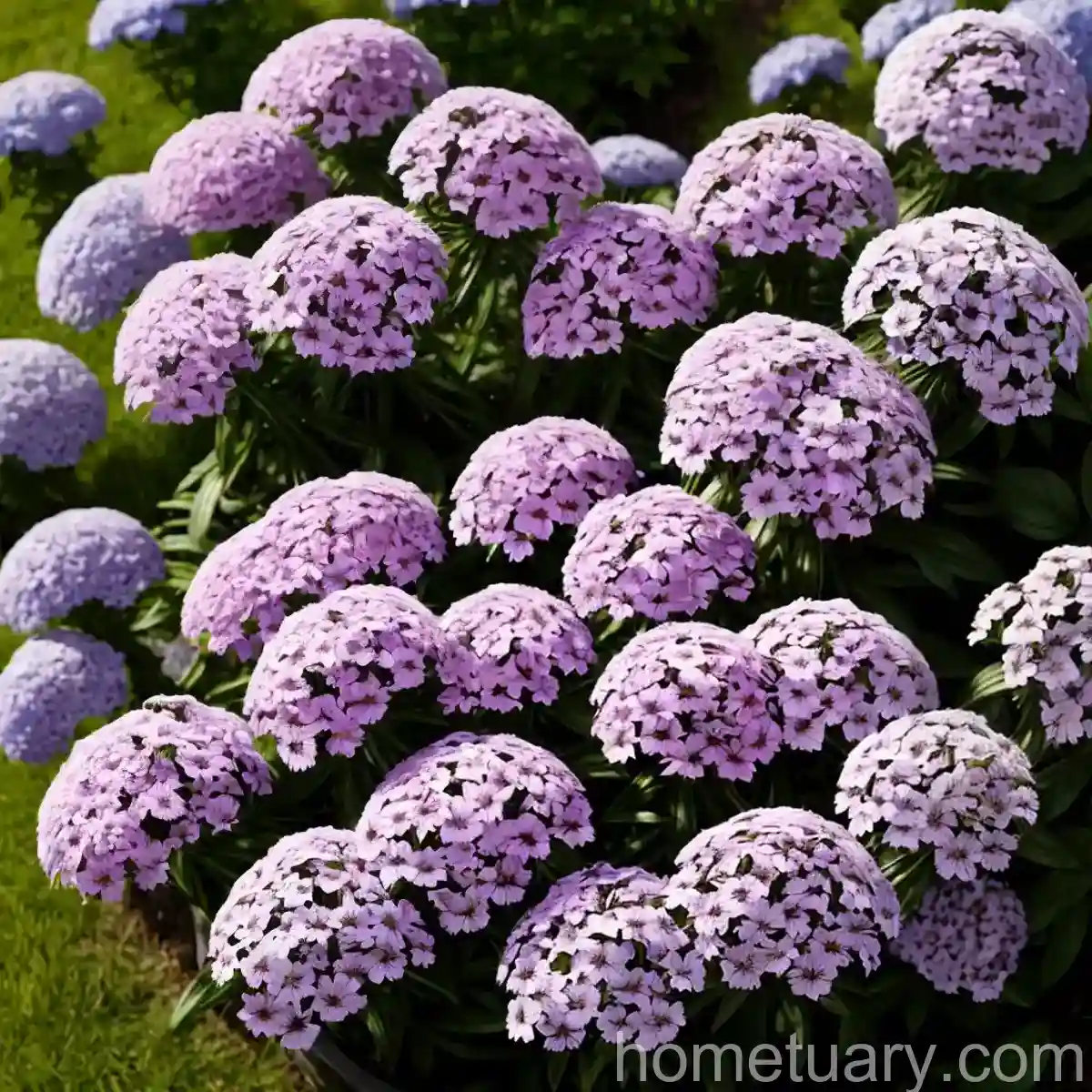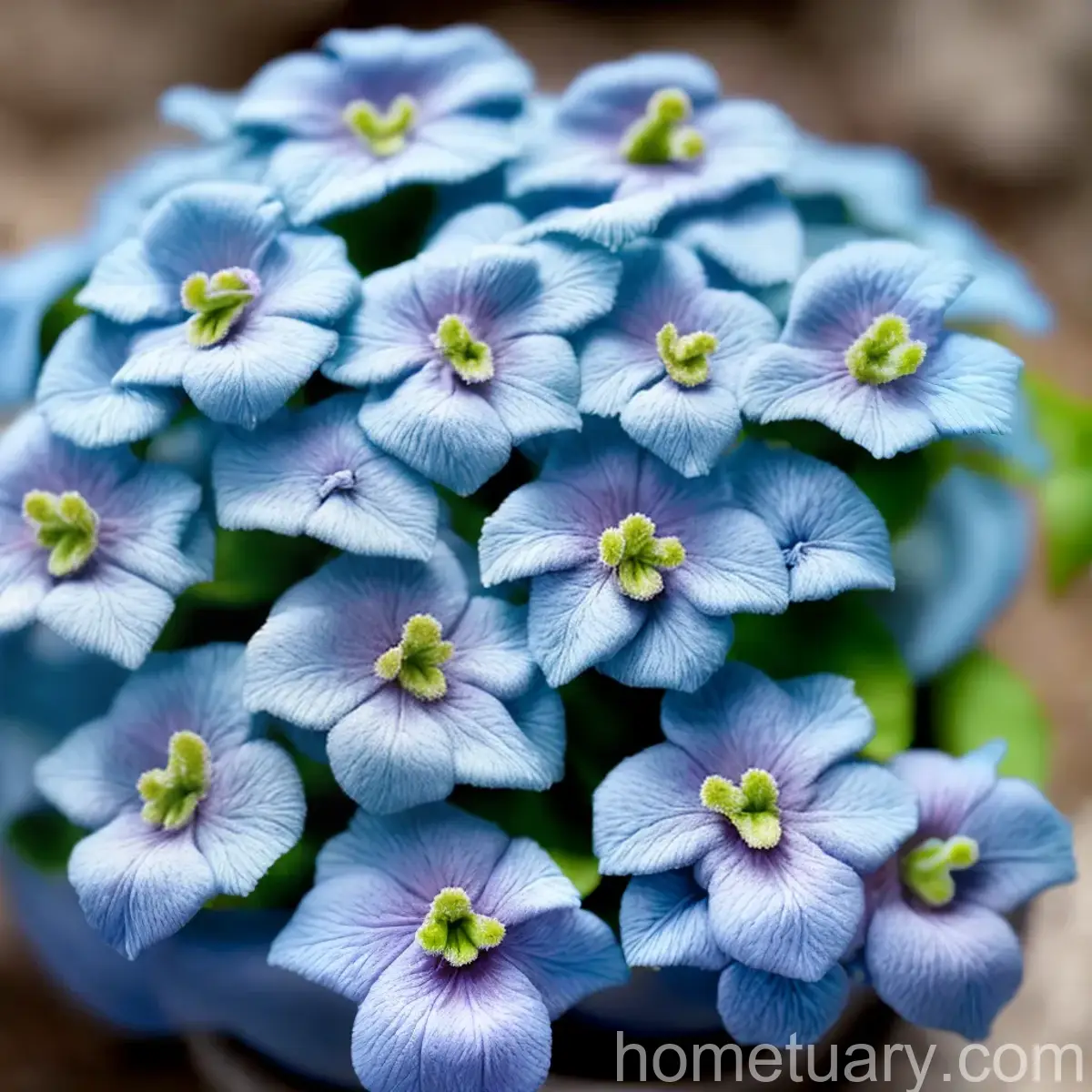Plant Scientist Blog: Understanding Coleus (Plectranthus COLORBLAZE LIME TIME)
As a plant scientist, it is exciting to delve into the world of flora and explore the myriad variations and characteristics of different plant species. In this blog post, we will focus our attention on the Coleus (Plectranthus COLORBLAZE LIME TIME), a remarkable and visually striking plant that has gained popularity among gardening enthusiasts. We will explore various aspects of this plant, including its culture, uses, care requirements, common diseases, and more. By the end of this article, you will have a comprehensive understanding of the Coleus (Plectranthus COLORBLAZE LIME TIME), enabling you to cultivate and appreciate this stunning plant in your own garden or indoor space.
What is Coleus (Plectranthus COLORBLAZE LIME TIME)?
Coleus, scientifically known as Plectranthus scutellarioides, is a member of the Lamiaceae family, which includes other well-known plants such as mint, basil, and sage. The Plectranthus COLORBLAZE LIME TIME variety is celebrated for its vibrant lime-green foliage which makes it an eye-catching addition to any garden or living space. This variety belongs to the broader group of Coleus plants, which are famed for their diverse and colorful leaves that come in a spectrum of shades.
Key Takeaways – Coleus (Plectranthus COLORBLAZE LIME TIME)
Before we delve into the specifics of Coleus (Plectranthus COLORBLAZE LIME TIME), let’s outline some key takeaways about this plant variety:
- Plant Family: Lamiaceae
- Variety: Plectranthus COLORBLAZE LIME TIME
- Distinct Feature: Vibrant lime-green foliage
- Cultivation: Suitable for gardening and indoor spaces
- Growth Habit: Known for its lush and bushy growth
Now that we have an overview of the Coleus (Plectranthus COLORBLAZE LIME TIME), let’s explore the various aspects of this plant in more detail.
Culture
Understanding the culture and growing conditions of Coleus (Plectranthus COLORBLAZE LIME TIME) is essential for successfully nurturing this plant. Here are the key factors to consider:
Uses
The Coleus (Plectranthus COLORBLAZE LIME TIME) variety offers a range of uses, both aesthetic and functional. Here are some common applications:
- Ornamental Plant: The vibrant lime-green foliage makes it an ideal choice for ornamental plantings, adding a pop of color to garden beds, borders, and containers.
- Indoor Decor: Its bushy growth habit and striking leaves make it a popular choice for indoor spaces, adding visual interest to homes and offices.
- Companion Plant: The unique coloration of the foliage allows Coleus (Plectranthus COLORBLAZE LIME TIME) to complement a wide range of flowering plants, serving as an attractive companion in mixed plantings.
Water
Proper watering is crucial for the health and vigor of Coleus (Plectranthus COLORBLAZE LIME TIME). Here are some important considerations for watering this plant:
- Moisture Requirements: Coleus plants thrive in consistently moist soil, but they are susceptible to root rot if they are overwatered. It is essential to strike a balance and ensure that the soil is moist but not waterlogged.
- Watering Frequency: During the growing season, it is advisable to water Coleus (Plectranthus COLORBLAZE LIME TIME) regularly, allowing the top inch of soil to dry out between waterings.
Sunlight
Sunlight plays a pivotal role in the growth and development of Coleus (Plectranthus COLORBLAZE LIME TIME). Understanding its sunlight requirements is essential for optimal cultivation:
- Light Conditions: Coleus plants thrive in partial shade to full shade. While they can tolerate some direct sun, prolonged exposure to intense sunlight can cause the foliage to burn and lose its vibrant color.
- Indoor Placement: When grown indoors, it is best to place Coleus (Plectranthus COLORBLAZE LIME TIME) in locations with bright, indirect light.
Fertilizer
Applying the right fertilizer can enhance the health and appearance of Coleus (Plectranthus COLORBLAZE LIME TIME). Consider the following guidelines for fertilizing this plant:
- Fertilizer Type: A balanced, water-soluble fertilizer is suitable for Coleus plants. Look for a formula with a balanced NPK ratio (nitrogen, phosphorus, potassium) to support healthy growth and vibrant foliage.
- Application Frequency: During the growing season, fertilize Coleus (Plectranthus COLORBLAZE LIME TIME) every 4-6 weeks to supply essential nutrients for robust growth and color development.
Soil
The soil composition significantly impacts the overall health and vitality of Coleus (Plectranthus COLORBLAZE LIME TIME). Consider the following soil requirements for this plant:
- Well-Draining Soil: Coleus plants thrive in well-draining, fertile soil. Consider adding organic matter such as compost or peat moss to improve soil texture and moisture retention.
- pH Level: The ideal soil pH for Coleus (Plectranthus COLORBLAZE LIME TIME) ranges from 6.0 to 7.0. It is important to maintain a slightly acidic to neutral pH for optimal growth and nutrient uptake.
Pruning
Pruning plays a crucial role in shaping and maintaining the appearance of Coleus (Plectranthus COLORBLAZE LIME TIME). Here are some considerations for pruning this plant:
- Pinching: Regular pinching or pruning of the growing tips promotes bushier and more compact growth in Coleus plants. Pinch the growing tips to encourage branching and prevent the plant from becoming leggy.
- Removal of Flowers: If desired, remove the flower spikes that develop on Coleus (Plectranthus COLORBLAZE LIME TIME) to redirect the plant’s energy towards foliage production, especially if the primary focus is on the vibrant leaves.
Propagation
Propagating Coleus (Plectranthus COLORBLAZE LIME TIME) allows for the multiplication of this captivating plant. Consider the following propagation methods:
- Cuttings: Propagating Coleus from stem cuttings is a popular and effective method. Select healthy, non-flowering stems and root them in a suitable growing medium to establish new plants.
- Water Propagation: Submerging Coleus stem cuttings in water can also yield successful propagation results. Once roots have developed, the cuttings can be transferred to soil.
Container Popularity
Coleus (Plectranthus COLORBLAZE LIME TIME) is a favored choice for container gardening, offering versatility and visual appeal in various settings. Here are some aspects to consider when growing Coleus in containers:
- Container Size: Choose containers that provide ample space for the root system to grow and thrive. Larger containers can accommodate multiple Coleus plants for a stunning display of foliage.
- Drainage: Ensure that the containers have adequate drainage holes to prevent waterlogging and promote healthy root development.
- Companion Plantings: Coleus (Plectranthus COLORBLAZE LIME TIME) harmonizes well with a variety of other container plants, making it a versatile and popular choice for container gardens.
Common Diseases
Identifying and addressing common diseases that affect Coleus (Plectranthus COLORBLAZE LIME TIME) is vital for preserving the plant’s health and vitality. Here are some prevalent diseases and their diagnosis:
Disease Diagnosis
- Powdery Mildew: Characterized by white, powdery patches on the foliage, powdery mildew can affect Coleus plants, particularly in humid conditions. Adequate air circulation and fungicidal treatments can help manage this disease.
- Leaf Spot: Dark, irregular spots on the leaves may indicate a fungal leaf spot disease. Prune affected leaves and ensure that the plant is not subjected to excess moisture to prevent the spread of the disease.
- Root Rot: Overwatering can lead to root rot in Coleus plants, resulting in yellowing, wilting, and eventual collapse of the plant. Adjust watering practices and ensure proper drainage to prevent root rot.
Common Pests
In addition to diseases, Coleus (Plectranthus COLORBLAZE LIME TIME) is susceptible to certain pests that can compromise its health. Here are some common pests and methods for pest control:
- Aphids: These small, soft-bodied insects can cluster on the undersides of Coleus leaves, sucking sap and causing distortion. Insecticidal soap or neem oil can effectively control aphid infestations.
- Spider Mites: Spider mites can cause stippling and webbing on Coleus foliage, leading to reduced plant vigor. Regularly misting the leaves and using natural predators such as ladybugs can help manage spider mite populations.
Botanist’s Tips
As a plant scientist, I have gathered some valuable tips for cultivating and caring for Coleus (Plectranthus COLORBLAZE LIME TIME). These insights can enhance the success of growing this captivating plant:
- Regular Monitoring: Keep a close eye on the moisture levels of the soil, especially during hot and dry periods, to ensure that Coleus (Plectranthus COLORBLAZE LIME TIME) receives adequate water without being waterlogged.
- Balanced Nutrition: Provide a balanced fertilizer to support healthy foliage growth and vibrant coloration in Coleus plants. Periodic fertilization can enhance their visual appeal.
- Pruning Guidelines: Practice regular pinching and pruning of Coleus to maintain its compact growth habit and encourage a lush, full appearance.
- Pest Vigilance: Monitor for signs of common pests such as aphids and spider mites, intervening promptly to prevent infestations from compromising the health of Coleus (Plectranthus COLORBLAZE LIME TIME).
Fun Facts
Delving into the world of Coleus (Plectranthus COLORBLAZE LIME TIME) unveils some intriguing and delightful facts about this plant variety. Here are some fun facts to pique your interest:
- Leaf Variations: The COLORBLAZE series offers an array of Coleus varieties, each featuring unique leaf shapes, colors, and patterns, reflecting the rich diversity within the species.
- Historical Significance: Coleus plants have a rich historical background, with their cultivation dating back centuries and their presence in traditional medicinal practices and ornamental gardens.
- Landscape Enhancements: The striking foliage of Coleus (Plectranthus COLORBLAZE LIME TIME) can transform the landscape, adding bold accents and visual interest to outdoor spaces.
Links to External Resources
To further expand your knowledge about Coleus plants, explore the following resources for insightful information and practical guidance:
- The American Coleus Society: The official website of the American Coleus Society offers a wealth of information about different Coleus varieties, cultivation tips, and upcoming events.
- Gardening Know How – Coleus Plant Care: This comprehensive guide delves into the care requirements of Coleus plants, including watering, sunlight, and propagation techniques.
- Missouri Botanical Garden – Plectranthus scutellarioides: Explore detailed botanical information about Plectranthus scutellarioides, which includes the popular Coleus varieties.
In conclusion, Coleus (Plectranthus COLORBLAZE LIME TIME) stands as a visually captivating and versatile plant that enriches gardens, container displays, and indoor spaces with its vibrant foliage. By understanding its culture, care requirements, and unique qualities, enthusiasts can appreciate and cultivate this remarkable plant variety. Whether you are a seasoned gardener or a novice plant enthusiast, the allure of Coleus (Plectranthus COLORBLAZE LIME TIME) is undeniable, offering endless possibilities for creative and vibrant botanical displays.
Remember to immerse yourself in the fascinating world of plants, where each species holds its own story and charm, waiting to be explored and cherished.
Happy gardening!
[End of Blog Post]




